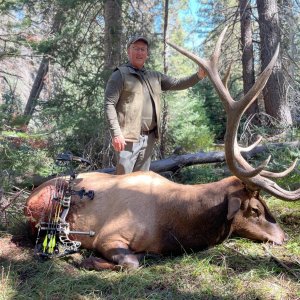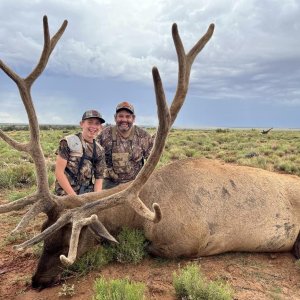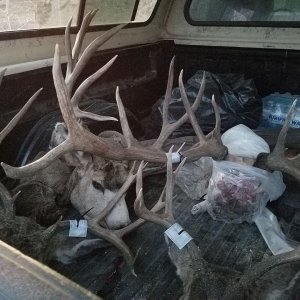LAST EDITED ON Aug-14-09 AT 02:52PM (MST)[p]Have you guys ever tried this? You do not need to remove clay etc. Is everyone taking crazy pills or something? If it is a new mount, that utilized a tanned cape, then rehydrating it won't be a problem.
A forward ear, or a ear back, has the same connection point (ear canal). It also should have the same amount of clay per earbutt.
The only way this wouldn't work is if the taxidermist uses ears with built in earbutts (not clay) or used a epoxy type hidepaste etc, that cannot rehydrate.
Paul, sadly after 26 years, you obviously don't know what you are doing. To move an earbutt, a taxidermist takes a wet rag etc, wraps the earbutt, then covers it with plastic wrap, until it is soft enough to move. You think a leather hide is some sort of barrier to water? No! The water will soak right through, and into the clay. This is very basic taxidermy.













